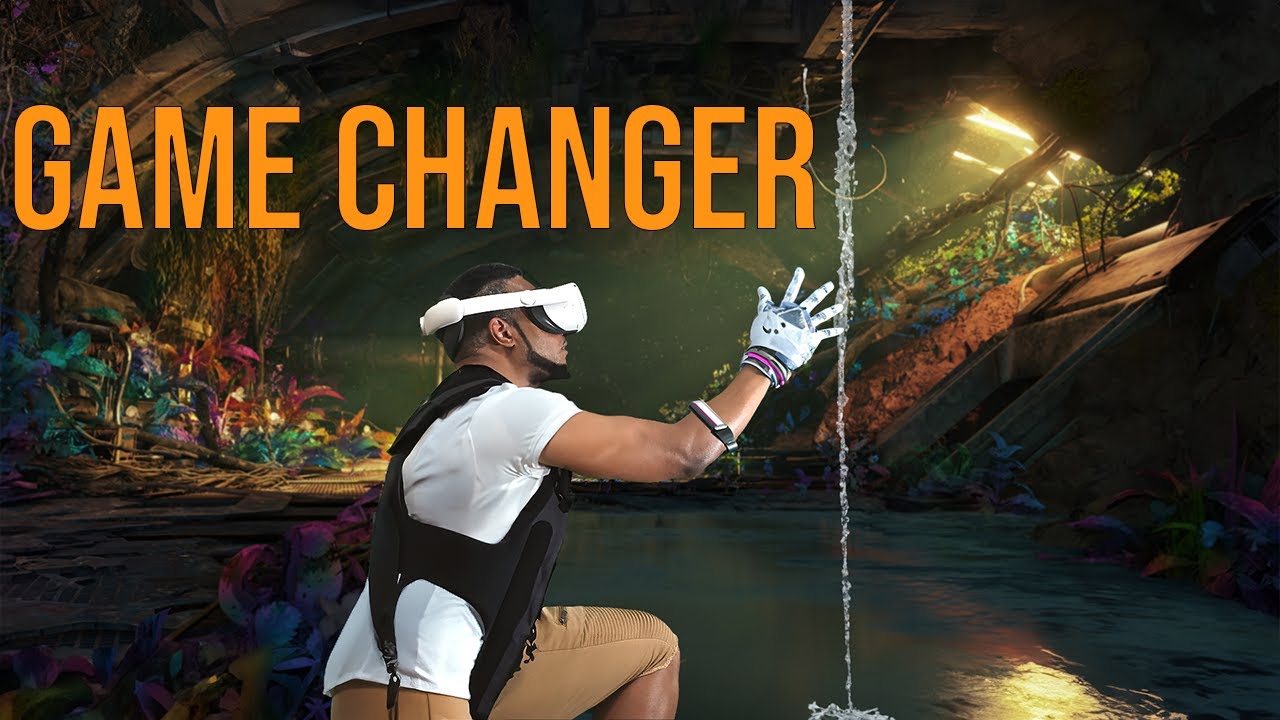Star Citizen, a highly anticipated game, has the potential for integration with virtual reality (VR) that could offer a groundbreaking and immersive experience. However, challenges such as complex controls, locomotion, performance, and hardware requirements need to be addressed to make VR implementation successful.
Star Citizen, a highly ambitious and visually stunning game, is generating significant anticipation among the gaming community for its potential integration with virtual reality (VR). While VR games typically require significant investment to develop, Star Citizen has raised nearly $600 million, making it an attractive candidate for VR implementation. The experience of flying a spaceship in VR, as demonstrated by games like Elite Dangerous, is considered groundbreaking and immersive. However, Star Citizen poses unique challenges due to its complex gameplay mechanics and extensive controls, making VR integration a complex task.
Flying a spaceship in VR offers a truly immersive and awe-inspiring experience. The sense of scale and the feeling of being inside the cockpit create a breathtaking sensation that is difficult to replicate on a flat screen. However, Star Citizen differentiates itself from other space flight games by its ambitious scope and attention to detail. This presents a challenge for VR implementation, as Star Citizen aims to offer a highly detailed and realistic universe.
One of the main challenges is the control scheme. Star Citizen features an extensive range of controls, with numerous buttons and commands, which may not translate seamlessly to VR. Players will need to find suitable control options, such as gamepads or hotas setups, to navigate the complex controls while in VR. Additionally, the game’s on-foot segments present another challenge, as continuous locomotion in VR can induce motion sickness. Finding a suitable locomotion system, such as teleportation or continuous locomotion, that balances immersion and comfort will be crucial.
Further challenges lie in performance and optimization. Star Citizen’s frame rates can vary greatly, which may not meet the minimum requirements for a comfortable VR experience. Hardware requirements also need to be considered, with high-end PCs often needed to achieve optimal performance. Additionally, while the affordability and accessibility of VR headsets have improved with options like the Oculus Quest 2, the graphical demands of Star Citizen may require more powerful and expensive setups.
Overall, the potential for Star Citizen in VR is immense, offering players an unprecedented level of immersion and engagement. However, key hurdles need to be overcome in terms of controls, locomotion, performance, and hardware requirements. The developers at Cloud Imperium Games have their work cut out for them, but the prospect of exploring the Star Citizen universe in VR is undeniably exciting.
